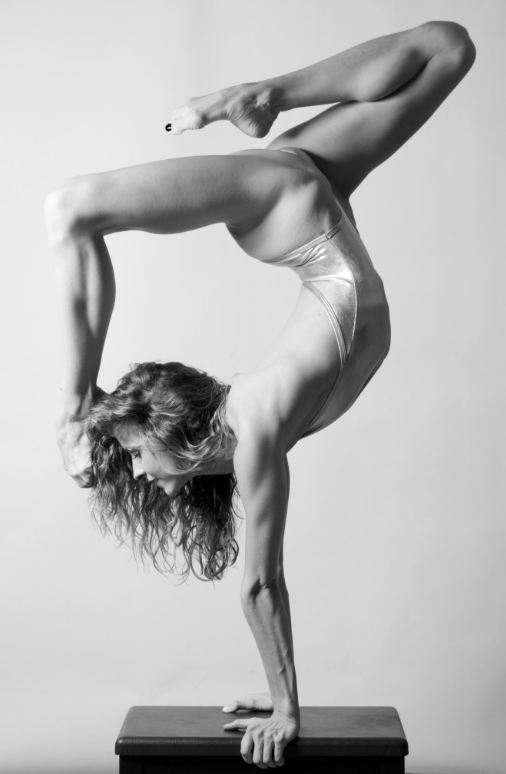FLEXIBILITY UNCOVERED
Written by guest author N.P.Burggraaff
Definition
Flexibility means your body can stretch and utilize its maximum possible movements. These movements are often limited by our joints. For example, your back can bend far forward, but much less far backwards. Thumb and fingers bend way more than at the palm of your hand. However, there are some people, especially those of Eastern or African descent, who are incredibly flexible. And of course there are contortionists and acrobats, who can bend all the way backwards and place their head between their legs while standing!
Is it genetic?
Flexibility can be improved but heredity, race and individual predisposition play a major role.
What causes lack of flexibility?
Short muscles are generally responsible for a lack of flexibility. People who merely perform weight training often have short muscles. Though the muscles are very strong, they remain stiff and in a state of tension. In addition to weight training, you should always stretch the muscles with stretching exercises.
Stretching is also said to improve the muscle performance. For example, a javelin thrower who has powerful muscles but a rather stiff and slightly bent elbow will not throw the spear as far as an opponent who is equally strong, but with a fully extendable arm.
Flexibility and health
Lack of flexibility can create other physical problems. For example, someone with a stiff neck and head will suffer from cramped muscles which will result in headaches, dizziness and neck pain.

Stiff muscles also place an excessive load on our tendons which can increase the risks of a tendon rupture. Also, joints that do not move regularly tend to get "stuck" because the joints do not produce enough lubricating fluid. Those recovering from a broken arm will often complain about a stiff shoulder for weeks even after the cast has been removed.
Good coordination and flexibility
Flexibility and coordination is incredibly important and can even help you avoid dangerous or risky situations. For example, an experienced skier will smoothly descend down the slopes whereas an untrained beginner will end up wobbling at every turn on his or her ankles and knees. Beginners tend to get more injured as they have poorer flexibility and coordination.
How to stretch and improve your flexibility
A little stretching in the morning goes a long way. After waking up, you will often feel stiff as you have had very limited movement in your sleep. The stiffness will then disappear after you have moved around a little. Exercises that stretch your muscles will increase your blood circulation and will be a healthy start to your day.
Back stretch
Stand up straight with your feet slightly apart. Stretch your arms above your head and reach out as far as possible. Now bend your knees and rotate your arms with one arm moving backwards and the other arm moving forwards. Repeat ten times.
Waist stretch
Stand up straight with your feet slightly apart and your arms alongside your body. Swing the right arm overhead and let your left hand slide down your leg reaching as low as possible. Repeat for both arms ten times.
Knee lift
Stand up straight with your feet slightly apart and arms alongside your body. Bend your right knee and pull it up with both hands as far as possible towards your chest. Repeat with the left knee and complete for both legs ten times.
The bottom line
Being flexible is good for your coordination and can prevent bodily aches that are discomforting. Flexibility is genetic but can always be improved by daily stretching. Start your day off right by performing some stretching exercises that will increase your blood flow and boost your energy levels.

 MAYA’S BIOGRAPHY
MAYA’S BIOGRAPHY DIET & EXERCISE PLANS
DIET & EXERCISE PLANS